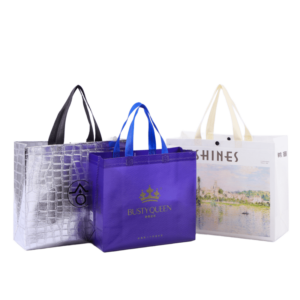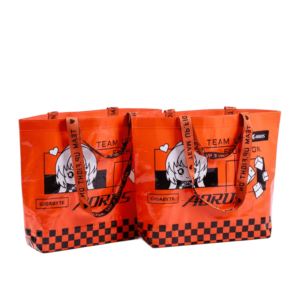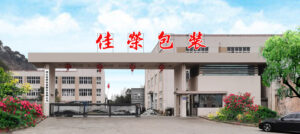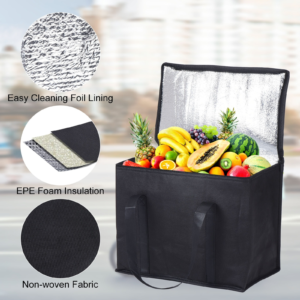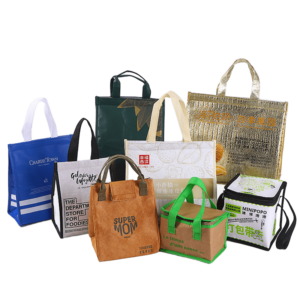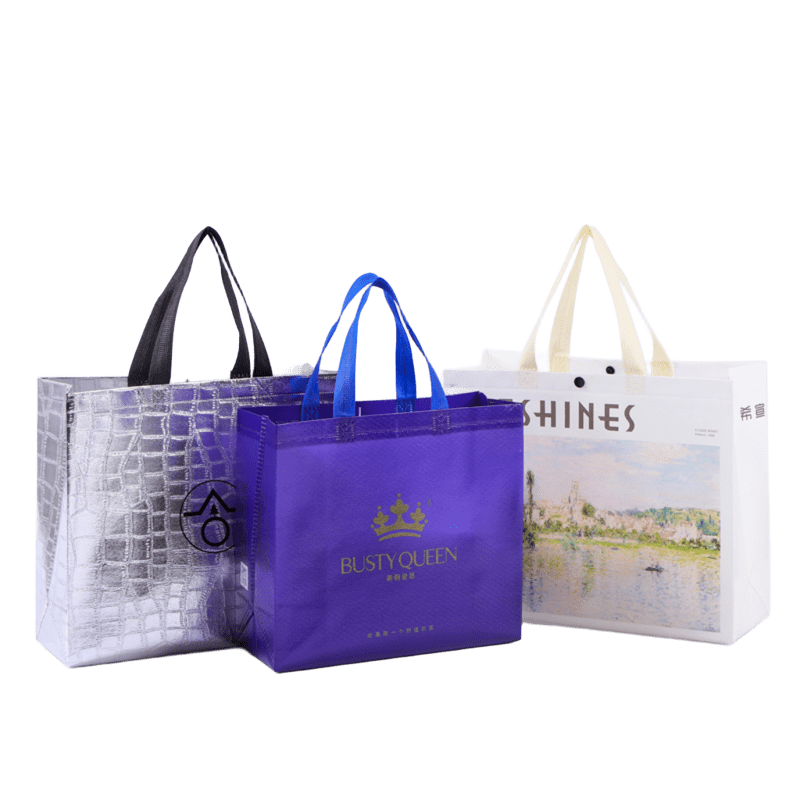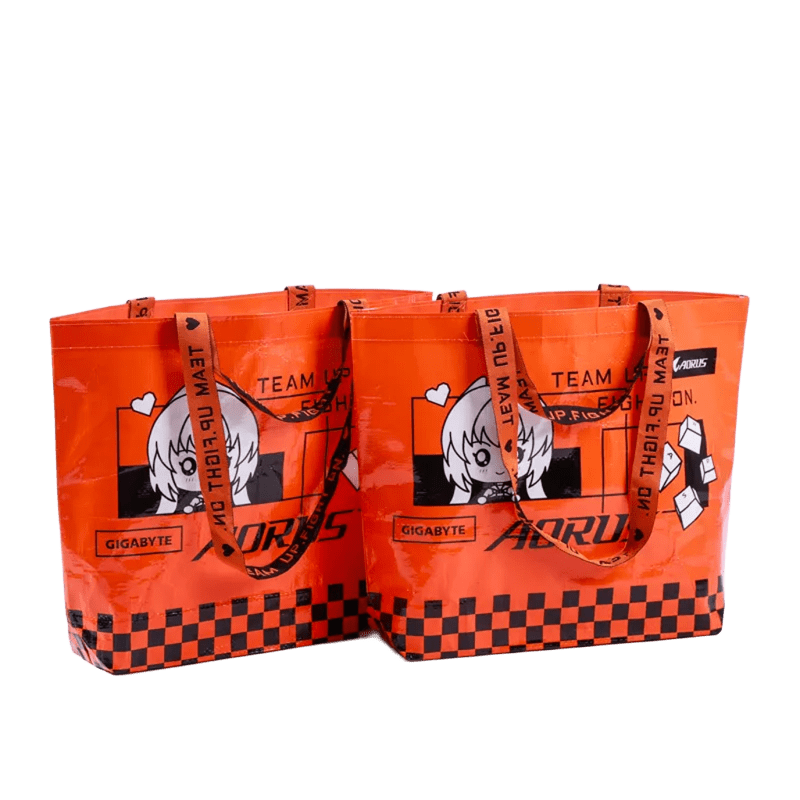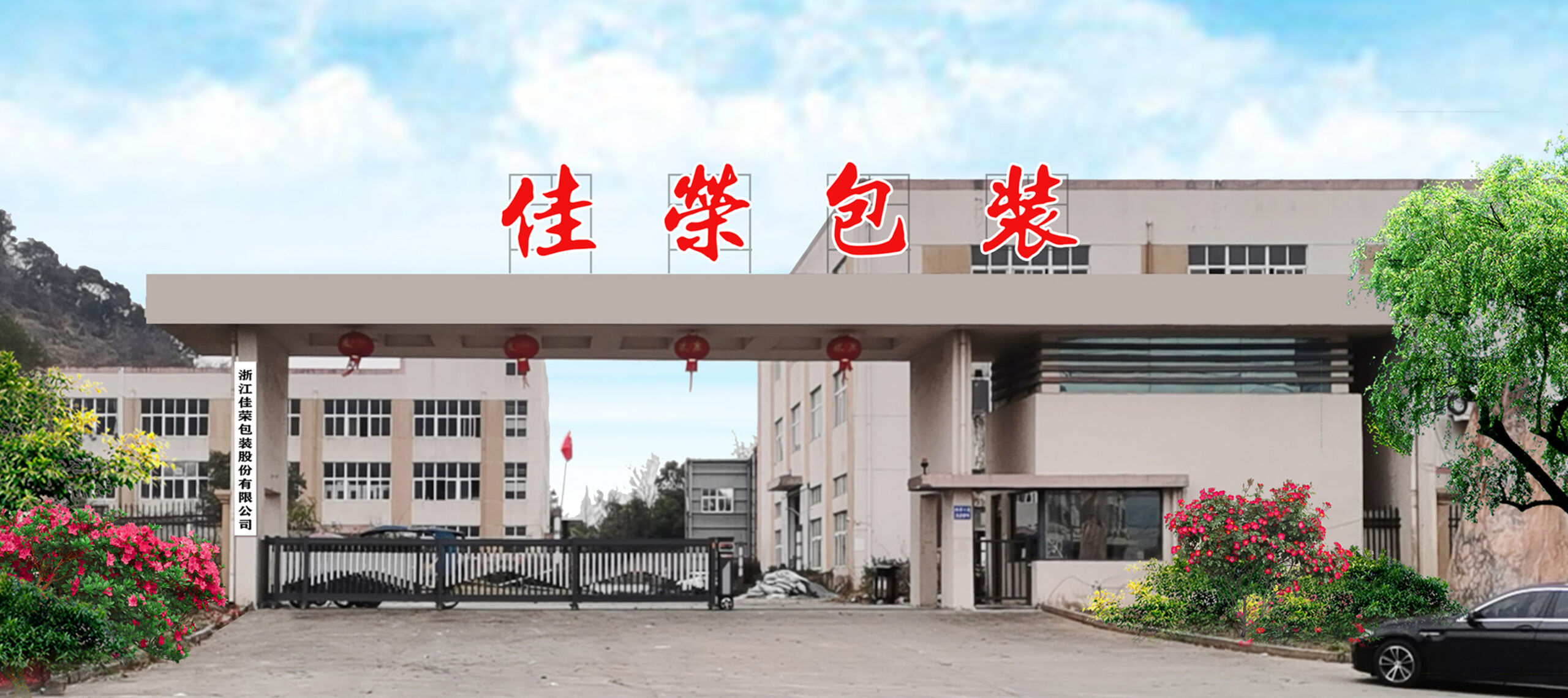
Shipping costs can ruin a good deal. I learned this fast when my first container of bags cost more to ship than to make.
Freight costs for non-woven bags1 can be reduced by optimizing packaging, choosing the right shipping method, and working with suppliers who understand export logistics.
Let’s break down how you can cut freight costs2 without hurting product quality or delivery time.
How is the market for non-woven bags?
The global market is hot. Plastic bans push demand. Retailers want custom bags. Suppliers scale fast. That means more competition—and better freight deals.
The non-woven bag market is expanding due to eco-regulations and demand from retail, offering chances to negotiate freight and pricing better.
A Competitive Market Means Room to Negotiate
Non-woven bags are exported by thousands of factories in China, India, and Vietnam. Buyers like you can use this to reduce overall cost per unit.
| Region | Key Feature | Opportunity for Buyers |
|---|---|---|
| North America | High demand for certified eco bags | Value bulk imports via sea freight |
| Europe | Focus on material quality | Negotiate volume pricing |
| Southeast Asia | Growing local demand | Explore cross-border consolidation |
I’ve found that combining shipments with other importers using freight forwarders can slash shipping costs dramatically.
How do you store bulk bags?
Stacking is key. Compression saves space. Avoid overstuffing. Use uniform cartons. Palletize smart. These small things cut container volume.
To store bulk non-woven bags efficiently, use compressed packing3, standardized box sizes, and strategic pallet stacking.
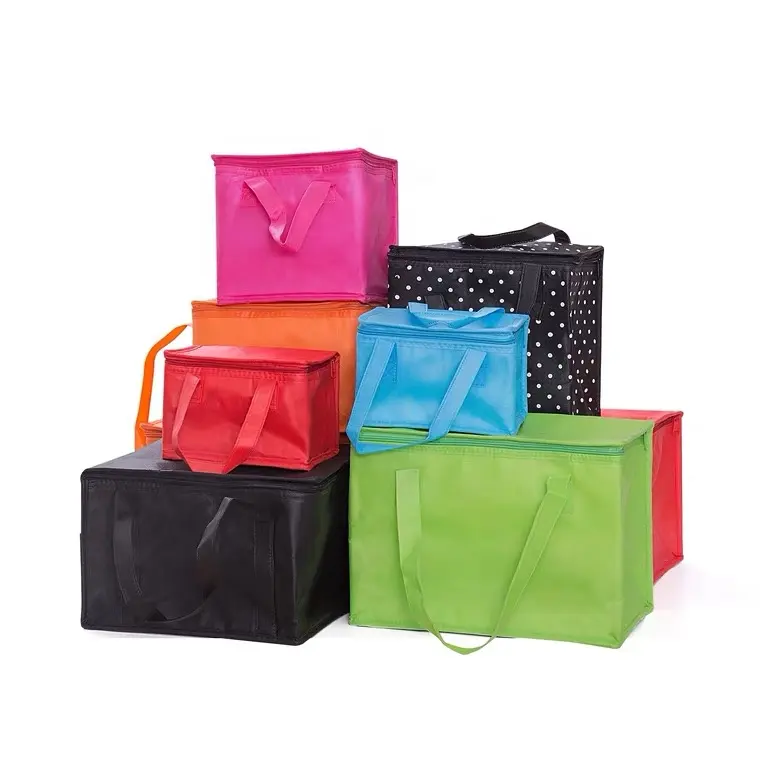
Proper Storage = Lower Shipping Volume
A 40HQ container can fit up to 350,000 non-woven bags—if packed well. Poorly packed goods may only fit half. That doubles freight per unit.
| Tip | Description | Freight Impact |
|---|---|---|
| Compressed Packing | Press bags tightly before boxing | Reduces CBM used |
| Uniform Cartons | Standard box sizes fit containers better | More predictable space usage |
| Double-Layer Pallets | Use strong pallets to double stack | Maximizes vertical space |
| Nested Handle Designs | Handles inside bags save space | Flatter, more compact cartons |
I ask my factory to press and pack bags in vacuum-wrapped cartons for my large orders. That saved me 20% on freight last quarter.
How much does non-woven fabric cost per kg?
Prices change monthly. But on average, it’s $1.2–$1.6/kg. Thickness, color, and quality affect cost. So does oil price—it affects plastic.
The cost of non-woven fabric typically ranges from $1.2 to $1.6 per kilogram, depending on GSM, color, and market trends.

Material Cost Links to Freight Strategy
Low GSM fabric (like 60–70gsm) is lighter and cheaper to ship. But thinner bags carry less. You need to balance freight savings and bag strength.
| GSM (Weight) | Typical Use Case | Shipping Volume Impact |
|---|---|---|
| 60–70 gsm | Promotional, lightweight | High packing density |
| 80–100 gsm | General shopping bags | Moderate density |
| 120+ gsm | Luxury or reusable bags | Lower density |
Choose lighter materials when targeting giveaway or one-time-use campaigns. Save thicker ones for retail sales or premium branding.
What material is used for non-woven bags?
They’re made from PP—polypropylene. It’s spun into fibers, heat-pressed into fabric. Strong, light, cheap. But still plastic
-
Explore the advantages of non-woven bags in retail, including their eco-friendliness and cost-effectiveness, to enhance your business strategy. ↩
-
Learn effective strategies to minimize freight costs, ensuring better profit margins and competitive pricing for your products. ↩
-
Discover best practices for compressed packing to optimize shipping space and reduce costs, enhancing your logistics efficiency. ↩


